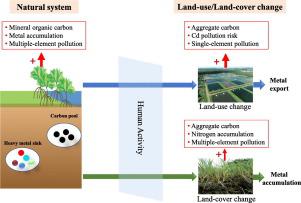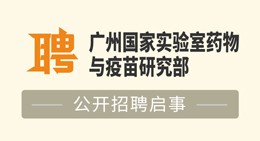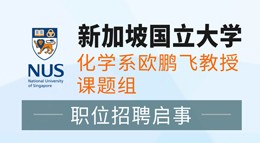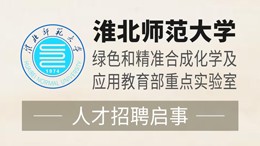Science of the Total Environment ( IF 8.2 ) Pub Date : 2021-10-23 , DOI: 10.1016/j.scitotenv.2021.150973 Qiang Wang 1 , Qian Kang 2 , Bo Zhao 3 , Hanyi Li 2 , Haoliang Lu 2 , Jingchun Liu 2 , Chongling Yan 4

|
Land-use and land-cover change (LULCC) is the main cause of mangrove deforestation and degradation. However, the effect of LULCC on mangrove soil organic carbon (SOC) fractions and metal pollution risks, and the difference between the effects of those two soil evolutions are largely unknown. Here, we collected soil samples from natural systems (mangroves and mudflat), land-cover changes (Spartina alterniflora invasion), and anthropogenic land-use changes (cropland and culture pond) in Zhangjiang Estuary. We determined the soil aggregate fractions (macro-aggregate, micro-aggregate, and silt-clay fraction) and the associated carbon, and heavy metal dynamics. Our findings suggested that LULCC did not remarkably affect SOC contents, but changed the soil aggregate structures. LULCC significantly increased aggregate-associated carbon fractions, especially macro-aggregate carbon fraction. The large proportion of silt-clay fraction in natural systems was corresponding to a high percentage of mineral organic carbon, indicating that LULCC decreases the mangrove SOC stability. Land-cover change promoted the accumulation of SOC, nitrogen, and heavy metals compared with uninvaded mudflat. The heavy metal contents in mangrove soil were highest among all studied soils, expect for Cd, which suggested that mangrove soil had high metal accumulation. However, land-use changes could stimulate the mobility and dynamics of metals enriched in mangrove soils; these changes, especially in cropland, will also cause a large amount of exogenous Cd being exported into the adjacent aquatic environment. Thus, mangrove shifts metal pollutant from sink to source when affected by land-use changes. The contamination index demonstrated that heavy metals have posed ecological risks, especially for Cd in cropland. Compared with mangrove, land-use change was dominated by single-element pollution, but land-cover change showed low multiple-element complex pollution. These findings elucidate the effects of LULCC on mangrove SOC fraction and metal pollution risk, and are of great significance for designing the long-term management and conservation policies for mangrove managers.
中文翻译:

张江口土地利用和覆被变化对红树林土壤碳含量及金属污染风险的影响
土地利用和土地覆盖变化 (LULCC) 是红树林砍伐和退化的主要原因。然而,LULCC 对红树林土壤有机碳 (SOC) 分数和金属污染风险的影响,以及这两种土壤演变的影响之间的差异在很大程度上是未知的。在这里,我们从自然系统(红树林和泥滩)、土地覆盖变化(互花米草入侵)和张江河口人为土地利用变化(农田和养殖池)。我们确定了土壤团聚体部分(大团聚体、微团聚体和粉砂粘土部分)以及相关的碳和重金属动态。我们的研究结果表明 LULCC 没有显着影响 SOC 含量,但改变了土壤团聚体结构。LULCC 显着增加了与聚集体相关的碳分数,尤其是大聚集碳分数。自然系统中粉土-粘土部分的大部分对应于高比例的矿物有机碳,表明 LULCC 降低了红树林 SOC 的稳定性。与未入侵的泥滩相比,土地覆盖变化促进了 SOC、氮和重金属的积累。红树林土壤中重金属含量在所有研究的土壤中最高,除 Cd 外,表明红树林土壤具有较高的金属积累。然而,土地利用的变化可能会刺激红树林土壤中富含金属的流动性和动态;这些变化,尤其是农田的变化,也会导致大量外源镉被输出到邻近的水环境中。因此,当受到土地利用变化的影响时,红树林将金属污染物从汇转移到源。污染指数表明重金属已构成生态风险,尤其是农田中的镉。与红树林相比,土地利用变化以单元素污染为主,而土地覆盖变化则呈现出较低的多元素复合污染。






































 京公网安备 11010802027423号
京公网安备 11010802027423号